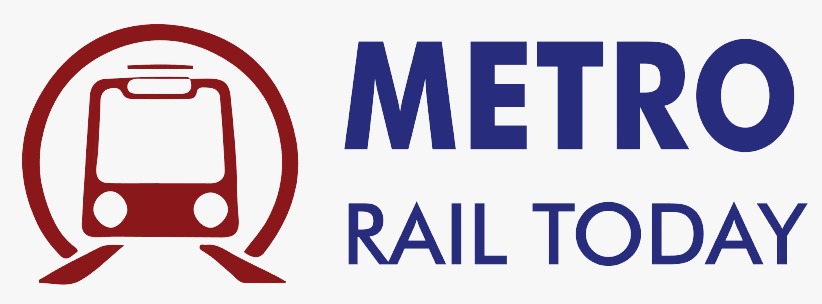 Kalpataru-HG Infra Engg JV wins ₹1,415 Crore EPC Contract for Thane Metro Rail Project
Kalpataru-HG Infra Engg JV wins ₹1,415 Crore EPC Contract for Thane Metro Rail Project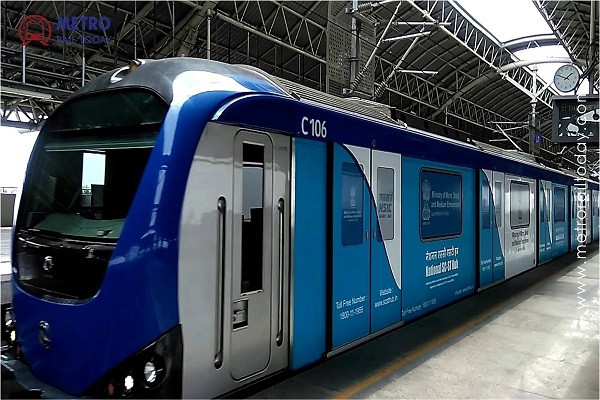 Chennai Metro launched tender to procure 28 Rolling Stock Trainsets to handle Phase 1 Ridership
Chennai Metro launched tender to procure 28 Rolling Stock Trainsets to handle Phase 1 Ridership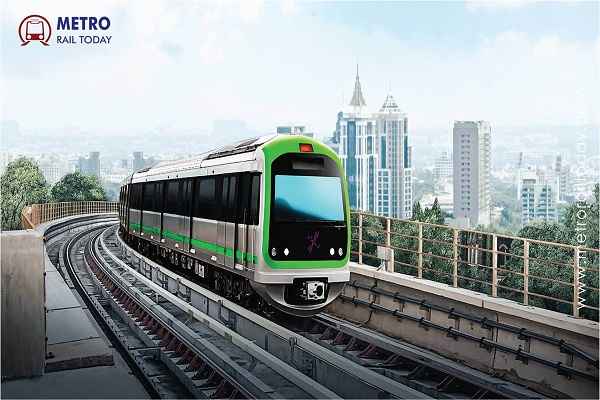 Tender launched for appointment of DPR Consultant for 59.6 km Bengaluru–Tumakuru Metro Extension
Tender launched for appointment of DPR Consultant for 59.6 km Bengaluru–Tumakuru Metro Extension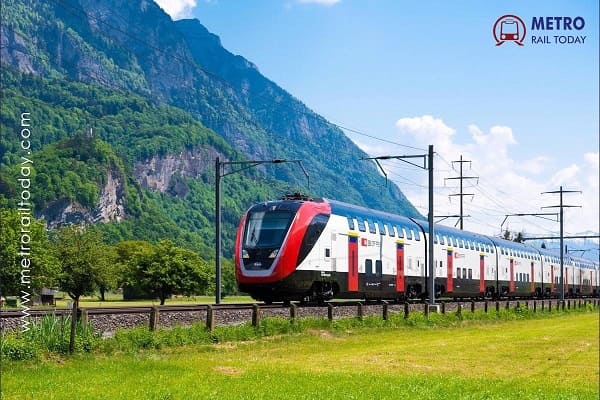 RITES targets African Rail Market with New Financing Model for Cost-Effective Rolling Stock
RITES targets African Rail Market with New Financing Model for Cost-Effective Rolling Stock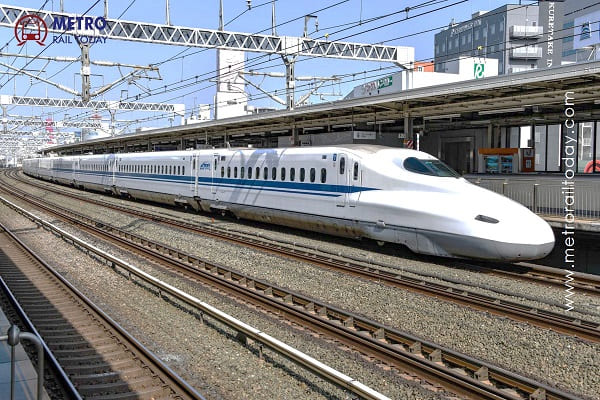 India’s First Bullet Train to begin Operations on 100-km Surat–Vapi stretch by August 2027
India’s First Bullet Train to begin Operations on 100-km Surat–Vapi stretch by August 2027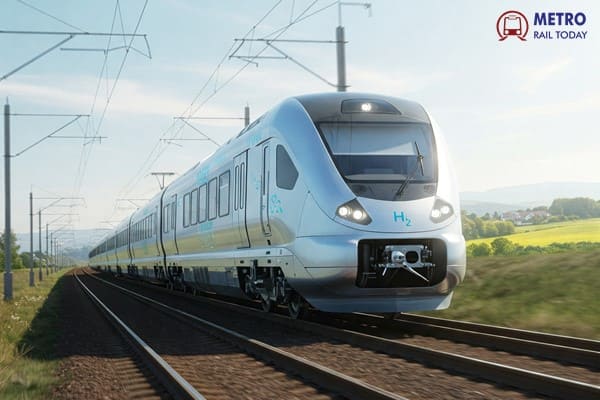 Railway eyes record ₹3 Trillion Capex in FY27 to accelerate modernisation and High-Speed Expansion
Railway eyes record ₹3 Trillion Capex in FY27 to accelerate modernisation and High-Speed Expansion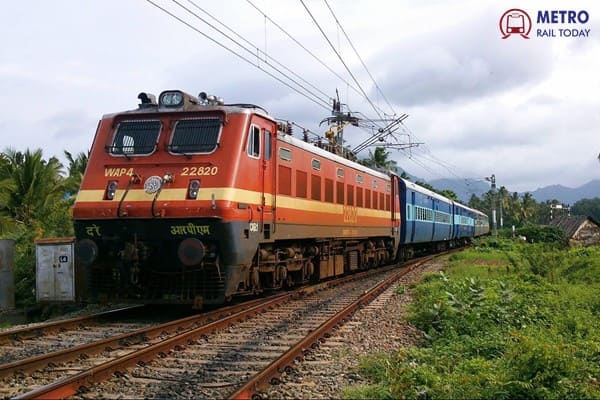 The Future of Railways in India: From Gauge Conversion to High-Speed Corridors
The Future of Railways in India: From Gauge Conversion to High-Speed Corridors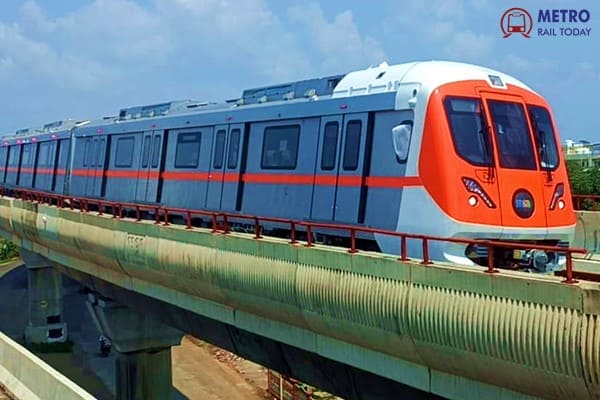 CMRS concludes 3-Day Safety Inspection of Bhopal Metro Priority Corridor
CMRS concludes 3-Day Safety Inspection of Bhopal Metro Priority Corridor Ho Chi Minh City to invest USD19.67 billion to develop 232 km of Urban Railways by 2030
Ho Chi Minh City to invest USD19.67 billion to develop 232 km of Urban Railways by 2030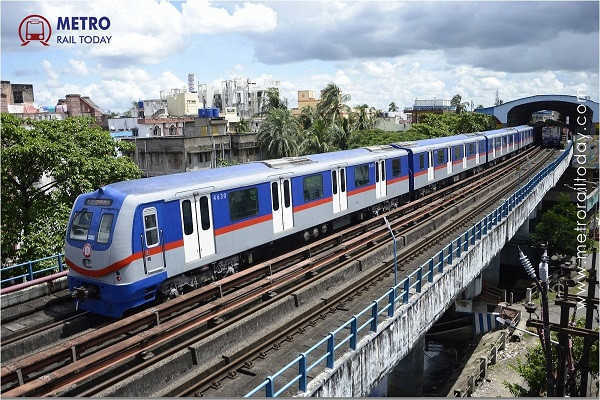 Kolkata Metro Blue Line to receive AI-Powered Security upgrade by March 2026
Kolkata Metro Blue Line to receive AI-Powered Security upgrade by March 2026
Tender launched for appointment of DPR Consultant for 59.6 km Bengaluru–Tumakuru Metro Extension

Bengaluru, India (Metro Rail Today): In a major push toward Karnataka’s first inter-city metro connectivity, Bangalore Metro Rail Corporation Limited (BMRCL) has invited bids for preparing the Detailed Project Report (DPR) for the proposed 59.6-km Metro extension from Bengaluru to Tumakuru. The project will extend Namma Metro’s Green Line, which currently runs from Madavara to Silk Institute, and is expected to significantly boost mobility between the state capital and Tumakuru, one of Karnataka’s fastest-growing industrial hubs.
The DPR tender, floated on Saturday, comes with an earnest money deposit (EMD) requirement of ₹4.5 lakh and a submission deadline of November 20. Once a consultant is selected, the DPR preparation is expected to take at least four to five months, according to officials familiar with the process.
The feasibility report for the Tumakuru Metro was submitted to the state government in May and has since been approved under a public-private partnership (PPP) model. The alternate Special Purpose Vehicle (SPV) model—requiring joint funding from the state and central governments and estimated at ₹18,670 crore—was examined earlier but not adopted. The proposed PPP structure is expected to enable faster decision-making and greater financial flexibility for what will be Karnataka’s maiden inter-city Metro service.
Industry bodies, elected representatives and government departments have long pushed for enhanced mass transit connectivity to Tumakuru, which is rapidly evolving as an industrial and logistics node. The city’s growing manufacturing base, combined with increasing commuter traffic to and from Bengaluru, has intensified the demand for a high-capacity, dependable transit solution.
The proposed 59.6-km elevated corridor is expected to include 25 stations, beginning at the Bangalore International Exhibition Centre (BIEC) in Madavara and passing through important growth corridors such as Nelamangala, Dabaspete and Kyathasandra before terminating in Tumakuru. According to projections in the feasibility report, nearly 15,000 passengers per hour per direction (PPHPD) are expected to use the corridor once operational, giving the line a strong ridership base from day one.
Currently, a road trip between Bengaluru and Tumakuru can take up to two hours depending on traffic congestion, while train options—though faster—suffer from limited frequency. With trains expected every four to five minutes on the proposed Metro line, BMRCL believes the project could dramatically improve commuting reliability and cut overall travel time.
A senior BMRCL official told that the selection process will take several months. Technical scrutiny, financial evaluation and other eligibility checks must be completed before work can begin. “After the bidding process is over, bids will be scrutinised. Technical eligibility, financial criteria and several other aspects need to be evaluated by a committee under the civil engineering wing. It will take at least five to six months,” he said.
The proposal to extend a conventional Metro system over such a long distance has generated significant debate among urban mobility experts and political figures:
-
Criticism: Experts argue that a Metro is designed for intra-city travel with stations spaced closely together (1-2 km), making it slow for a 60 km inter-city journey. They contend that the Metro's average operating speed of around 34 km/h would offer no significant time advantage over existing road or rail options.
-
Alternatives Proposed: Critics suggest the government should instead prioritize a Regional Rapid Transit System (RRTS), which is designed for high-speed regional connectivity (up to 160 km/h), or focus on improving the existing Suburban Rail network, including the quadrupling of the Bengaluru-Tumakuru rail line.
-
Government Defense: State ministers have defended the decision, citing the high volume of daily commuters, the rapid industrial development in Tumakuru, and the need to ease pressure on Bengaluru. The Home Minister also claimed that private companies, including one from the Middle East, have expressed interest in investing the entire project cost under the PPP model.
The project comes at a time when the Bommasandra–Hosur Metro extension—another proposed inter-city corridor—has slowed considerably, making the Tumakuru line poised to become Karnataka’s first operational cross-city Metro link.
